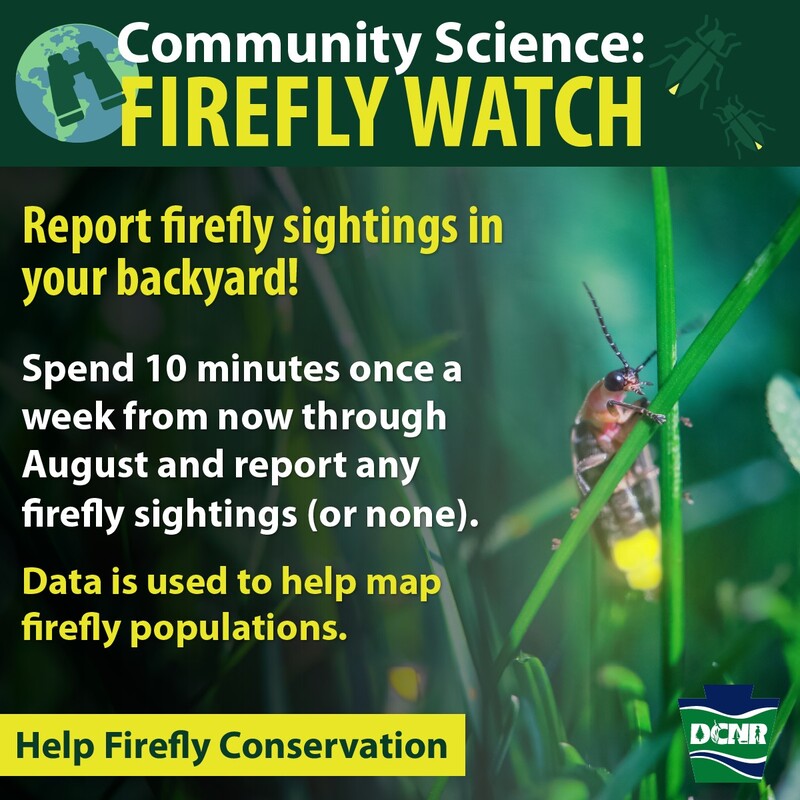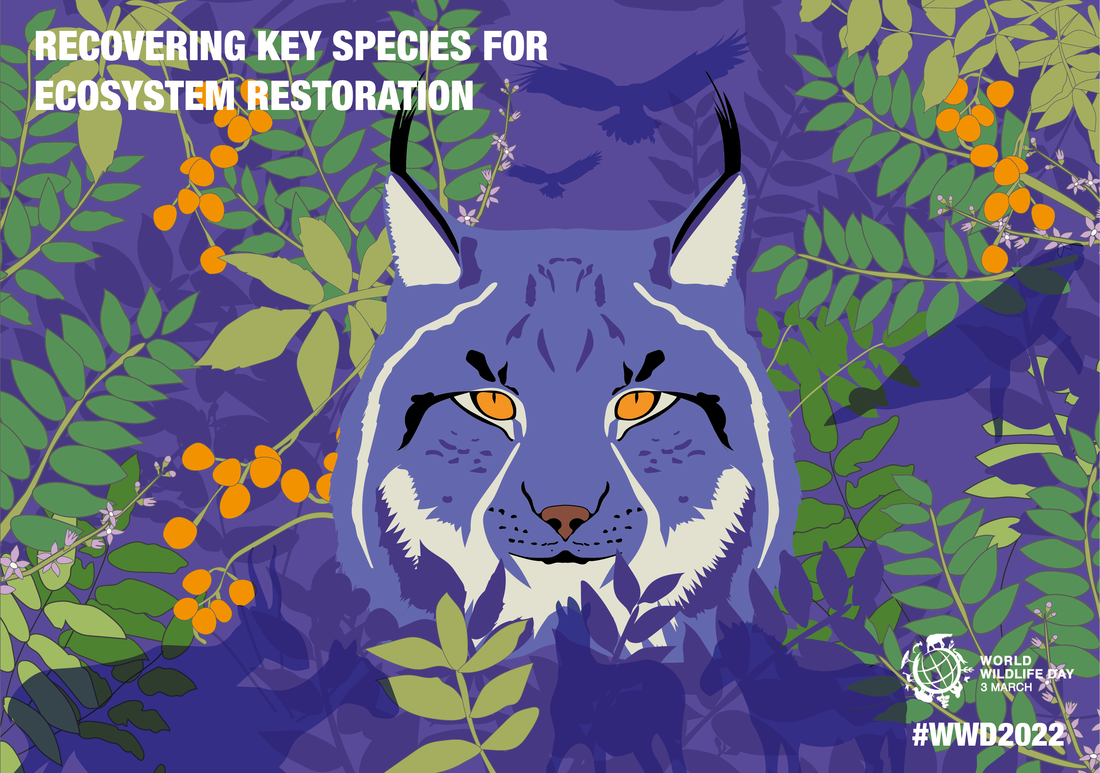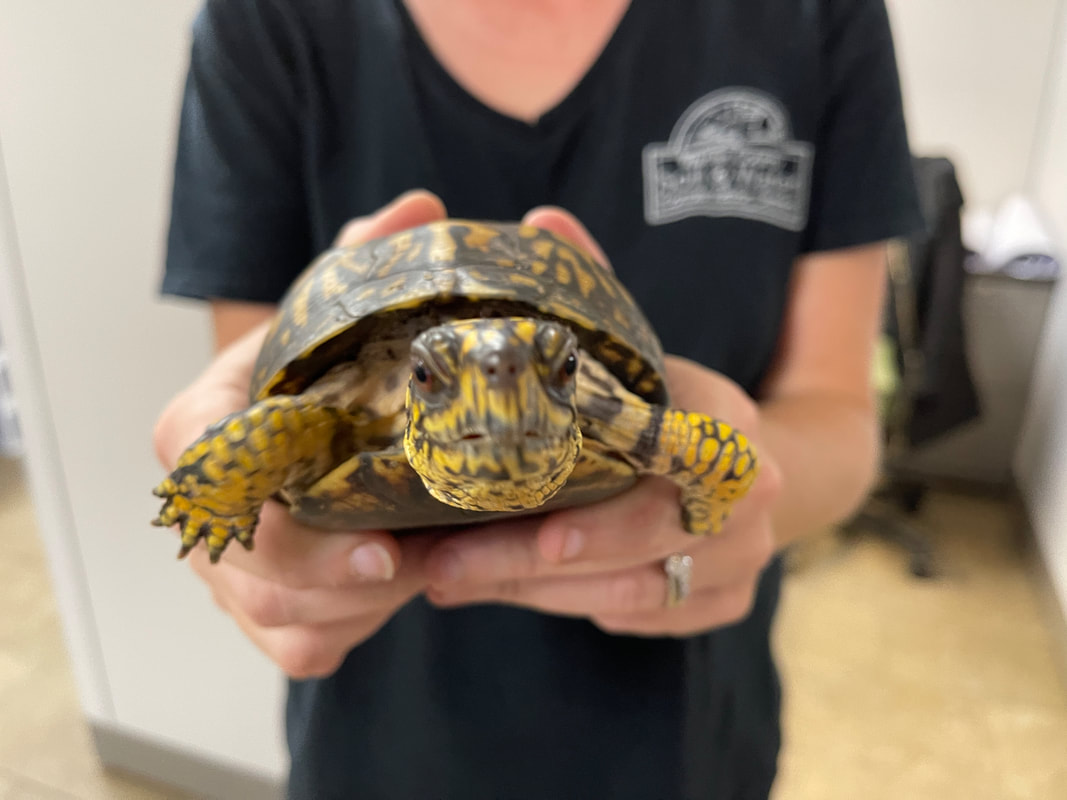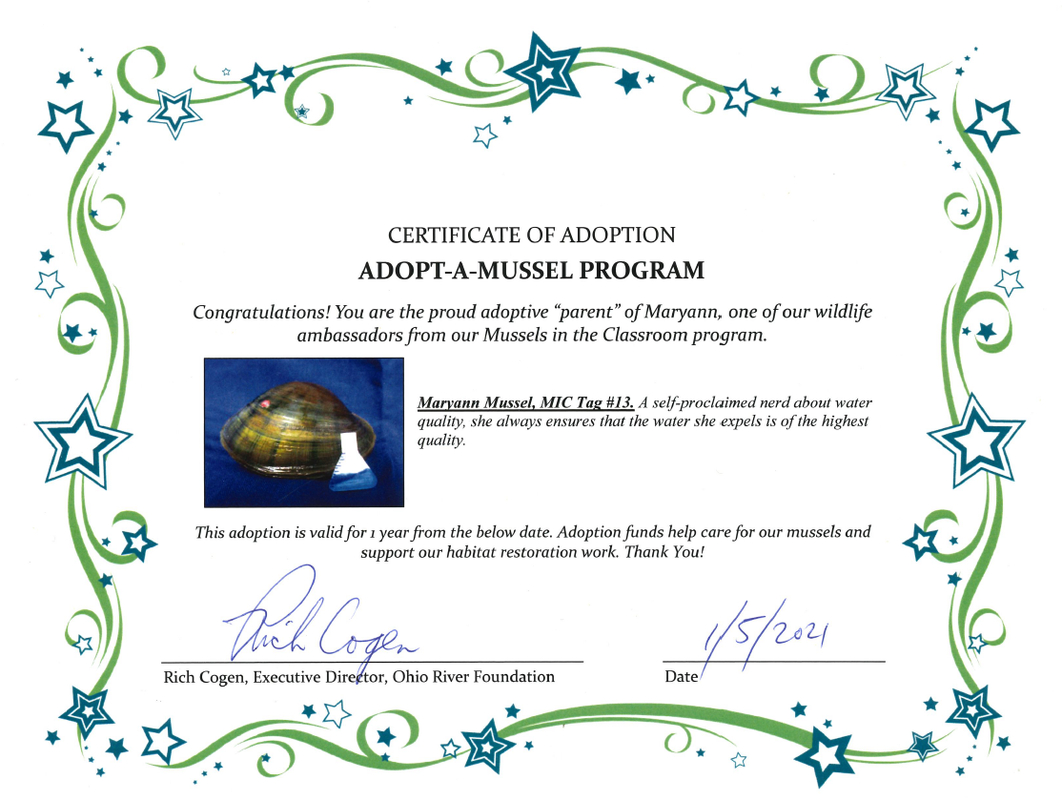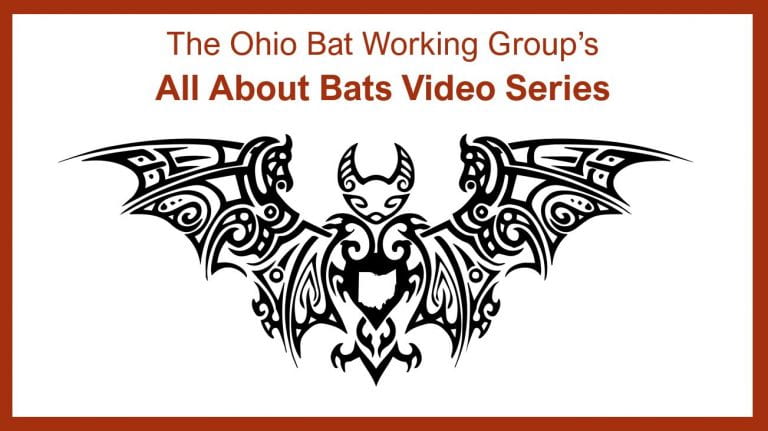|
For many, spring time equals garden time! Whether planning a new garden or simply sprucing up an existing one, make sure to think about incorporating those native plants. Native plants help the environment the most when planted in places that match their growing requirements. They will thrive in the soils, moisture and weather of your region. That means less supplemental watering, which can be wasteful, and pest problems that require toxic chemicals. Native plants also assist in managing rain water runoff and maintain healthy soil as their root systems are deep and keep soil from being compacted. Native plants have formed symbiotic relationships with native wildlife over thousands of years, and therefore offer the most sustainable habitat. A plant is considered native if it has occurred naturally in a particular region, ecosystem, or habitat without human introduction. Exotic plants that evolved in other parts of the world or were cultivated by humans into forms that don’t exist in nature do not support wildlife as well as native plants. Occasionally, they can even escape into the wild and become invasive exotics that destroy natural habitat. Discovering the native plants where you live can also define a unique sense of place and heritage for your garden habitat while preserving the natural history of the flora and fauna of your region. To learn more about native plants and find resources, please visit our Ohio Native Plants page! https://www.warrenswcd.com/ohio-native-plants.html
0 Comments
What is slimy, red, and helps you grow your veggies? If you guessed red wiggler worms, you would be correct! Red wiggler worms, also known as red worms, tiger worms, and manure worms, are a small species of earthworm measuring 3 to 4 inches long. Red wigglers are originally from Europe, but have now spread to all continents on the globe except Antarctica. For those of us who vermicompost, red wigglers are well known as these voracious eaters are excellent at breaking down food scraps to recycle the nutrients into a valuable soil amendment. But let's learn a little more about these hard working critters! Fun facts:
Red wigglers are such cool creatures! To learn more about how they help with composting visit our previous blog about Vermicomposting is For the Worms! Many of us have fond childhood memories of spending summer evenings catching lightning bugs! But did you know that they are not all the same? In fact, here in North America, there are three main families of flashing fireflies--Photinus, Pyractomena, and Photuris. You can observe the flash patterns of the lights to tell them apart! This flashing, which gives the beetle its common name of firefly, is a chemical reaction in their abdomen. Specific blinking patterns are a way for the insects to communicate, and each type has its own kind of "language".
If you enjoy watching fireflies, then put your observations to work and become a firefly watcher as part of the citizen science project Firefly Watch. Spend 10 mins a week watching firefly activity in a location of your choice and submit your findings. You will provide details about the habitat and then count the number of flashing fireflies you see over the course of 10 minutes in three 10 second periods, as well as the number of flashing patterns. Ready to get involved? Go to https://www.massaudubon.org/get-involved/community-science/firefly-watch/getting-started Happy firefly watching! 2/28/2022 Recovering key species for ecosystem restoration- World Wildlife Day March 3, 2022Read Now World Wildlife Day is observed on March 3rd each year to celebrate and raise awareness about the flora and fauna around the globe! The United Nations selected this date as it corresponds with the signing of the Convention on International Trade in Endangered Species of Wild Fauna and Flora (CITES) in 1973. CITES is one of the world's most powerful tools for wildlife conservation the world community has because it regulates the international trade of over 38,000 species of wild animals and plants to ensure that international trade in such species is sustainable, legal and traceable. Additionally that trade should contribute to both the livelihoods of the communities that live closest to them and to national economies for a healthy planet and the prosperity of the people in support of UN Sustainable Development Goals. This year's theme for WWD is "Recovering key species for ecosystem restoration". Each species plays a vital role in its ecosystem, and when one of those species is lost it can trigger a cascading effect. And with more and more organisms being pushed to the brink of extinction, we risk these cascades increasing. According to the International Union of Conservation of Nature's Red List of Endangered Species, over 30,000 species are endangered or vulnerable with another 8,400 species listed as critically endangered. Continued loss of these species and degradation of ecosystems is a threat to people around the world that rely on wildlife and biodiversity-based resources to meet their needs Dagmar the Dragonfly wants you to know what Ohio is doing to protect its vulnerable wildlife populations, like the 13 species of endangered dragonflies! In Ohio, the Division of Wildlife uses six categories of classification for wildlife status in the state:
By assessing and tracking these species we can take the best steps to conserve their populations and habitat to protect them from further decline. Want to know which animals are endangered in Ohio? Learn more from the US Fish and Wildlife Service and the Ohio Division of Wildlife by clicking the buttons below! Here at Warren County SWCD we are always striving to find the most engaging ways to connect with students of all ages about environmental education and conservation. And what better way to do that than with an awesome animal! Education ambassador animals help to create personal connections with people and increase the retention of information learned. Our newest education team member hopes to share enthusiasm and knowledge across Warren County about all things nature.
ABOUT TUCKER "SPEEDY" TURTLE Our newest team member is a Woodland Box Turtle (Terrapene carolina carolina a.k.a. Eastern Box Turtle) of unknown age. Woodland box turtles are native to Ohio and are very familiar and identifiable wildlife to students of all ages. Sporting red eyes and a concave plastron (belly side part of shell), our new box turtle is a male that was seized from a private owner who did not have a permit, and released to the care of Brukner Nature Center in Troy, OH. Because he had been under human care for an indeterminate amount of time, he could not be released back into the wild. Taking individual animals from the wild in an unregulated fashion negatively impacts the wild population numbers of these species which is one reason a permit is required to possess such native animals. Because Warren County SWCD holds an education permit from the Ohio Division of Wildlife, we were eligible to become a new home for this little guy. If you are a teacher or community group leader and would like to have Tucker visit your classroom or meeting with his trove of conservation knowledge, check out our program offerings on our Education Page! For questions or to schedule a program, contact Melissa Proffitt, Education & Communications Specialist, at (513) 695-3086. Photo credit: Max Saeling, Unsplash Each year, April 7th is recognized as International Beaver Day! There are two distinct species of beavers; the Eurasian beaver found in Europe and Asia, and the American beaver found across North America, including here in Ohio. April is when our native beavers start to emerge after several months of confinement in their lodges during the winter. These animals are well adapted to life in the water, equipped with webbed feet, a flat tail, clear "third-eyelids", and waterproof fur! Beavers are also the world’s second largest rodent. The rodent family is known for having those big front teeth. And unlike their famous "wood chuck" cousins, beavers actually put those chompers to use felling trees for food, lodge and dam construction, and to create wetlands. Wetlands are special aquatic ecosystems that work as nature's filtration system, cleaning pollutants out of the water. These traits earn the American beaver the title of nature's best engineer! Want to learn more and do a fun activity with the kids? Check out Warren County SWCD’s program Dress Like a Beaver on YouTube! The Warren County Soil and Water Conservation District has gained a new team member: Maryann the freshwater mussel. Maryann is very passionate about the water quality of her river because she is a filter feeder! If the water quality in her river is poor, Maryann will be negatively affected by a toxic diet. Freshwater mussels help keep our rivers clean, making them vital to the aquatic ecosystems in Ohio. According to the U.S. Fish and Wildlife Service, 11 freshwater mussel species have become extinct, and 46 more are struggling on the endangered species list. The Ohio river basin, encompassing 14 states and over 25 million people, is home to 41% of freshwater mussel species native to North America. Our streams and rivers empty into the basin, eventually emptying into the Mississippi River and the Gulf of Mexico. Freshwater mussels filter feed anything and everything we dump into our rivers, causing mussel species in Ohio to be disproportionately affected due to dense populations of mussel species. More specifically, the Little Miami River holds 36 species of freshwater mussels, including two threatened species. Not only are mussels threatened by water pollution, they are also fighting for resources with the invasive Zebra Mussel species. Zebra mussels are native to Eurasian freshwater bodies, but spread through dumping ballast water into the Great Lakes by ships from Europe. Zebra mussels thrived in this new environment with no natural predators, allowing them to spread rapidly across the country. Native mussel species are reducing in number due to these invasive mussels, causing a decline in overall biodiversity in our rivers. Freshwater mussels are vital for our rivers’ ecosystem filtration, but many species are declining in population due harvesting for shiny buttons, and nutrient rich sea food in the past. Human impact on the freshwater mussel population can be greatly reduced by keeping our rivers clean, helping to reverse the negative affects of previous harvesting. According to the Ohio River Foundation, our river is a source of drinking water for more than five million people. Without freshwater mussels digesting harmful bacteria such as E. coli, our rivers would become very dirty. Article written by WCSWCD Intern Abbey Raison It is incredibly important that we all do our part to prevent water pollution in our river and consume fewer mussel products to protect the native species of freshwater mussels. You can adopt a mussel just like Maryann! Visit https://secure.donationpay.org/ohioriverfdn/adopt.php to adopt the mussel of your choice, and help the Ohio River Foundation protect the freshwater mussel population. According to the Ohio River Foundation website, "The donors of the Adopt a Mussel program provide much needed funds for food, aquariums and other supplies needed to care for and house these important conservation ambassadors for our Mussels in the Classroom program." These education initiatives align with those of Warren County SWCD and we are proud to support water quality education! For questions regarding Warren County Soil and Water Conservation District programs and/or technical assistance on water or soil questions, visit http://warrenswcd.com or call, 513-695-1337.
Additional Resources:
Did you know that we have wild turkeys right here in Ohio? While they have many things in common with their domestic cousins, they also have some unique wild traits! Learn some fun facts about wild turkeys from what they eat to how they communicate; and what the heck is a dust bath?? Watch this fun, short video to find out! With over twelve different calls, the Wild Turkey is no stranger to good communication. From the gobble to the cluck, the sounds of the Wild Turkey let you know exactly what they are doing. Some of the most common turkey calls include: • Tree Call – This call is typically made from the roost in a tree first thing in the morning. • Gobble – This call is made primarily by male turkeys in the spring to attract female turkeys for mating. • Putt – This is a short, one-syllabled alarm call. When used in a series, it indicates that the turkey has seen or heard danger. • Cluck – This call is usually in a series of short, soft notes. It is used to get the attention of another turkey. • Purr – A soft, rolling call, the purr is often made by content turkeys mainly when they are feeding. • Assembly Call – This call is usually made by the adult hen when calling her young poults. Want to make your own turkey call? Grab a small plastic cup (K-pod cups or small play-dough containers work great!) and some string and follow these easy instructions!
In 2019, Ohio government recognized National Bat Week. National Bat Week is every year from October 24th – October 31st. National Bat Week is an annual, international celebration of the role of bats in nature and raise awareness about the need for bat conservation. Visit the National Bat Week’s website at www.batweek.org for more information on bats and how to take action not matter where you are. Ohio Bat Week Video Series: Ohio Bat Working Group members have created a series of videos for Bat Week and beyond! These videos were created to address a variety of topics related to bats in Ohio with the intent to aid educators in preparing and delivering bat programs. Check out these videos which include videos from Warren County SWCD Education & Communications Specialist, Melissa! Educators, did you get a chance to check out the virtual Greater Cincinnati Environmental Educators Expo this year? If not, take a sneak peek at the session presented by our Education Specialist, Melissa! She presents on the various program options teachers can do with worm observations, and is joined by Clermont SWCD educator to discuss the new SW Ohio Education Site. Check out the segment from the conference below! (This conference is usually hosted by the Cincinnati Zoo, so enjoy an animal encounter during the first 15 minutes of the video or jump to the 15 minute mark to begin the lesson presentation!) |
Details
Author:
|
||||||
|
|
Contact:PHONE: (513) 695 - 1337
EMAIL: [email protected] HOURS: Monday - Friday 7:30am - 4:00pm (except holidays) Connect:Warren County Soil & Water Conservation District Copyright © 2016
Warren SWCD Privacy Notice. Emails are serviced by Constant Contact. Constant Contact's Privacy Notice. |




